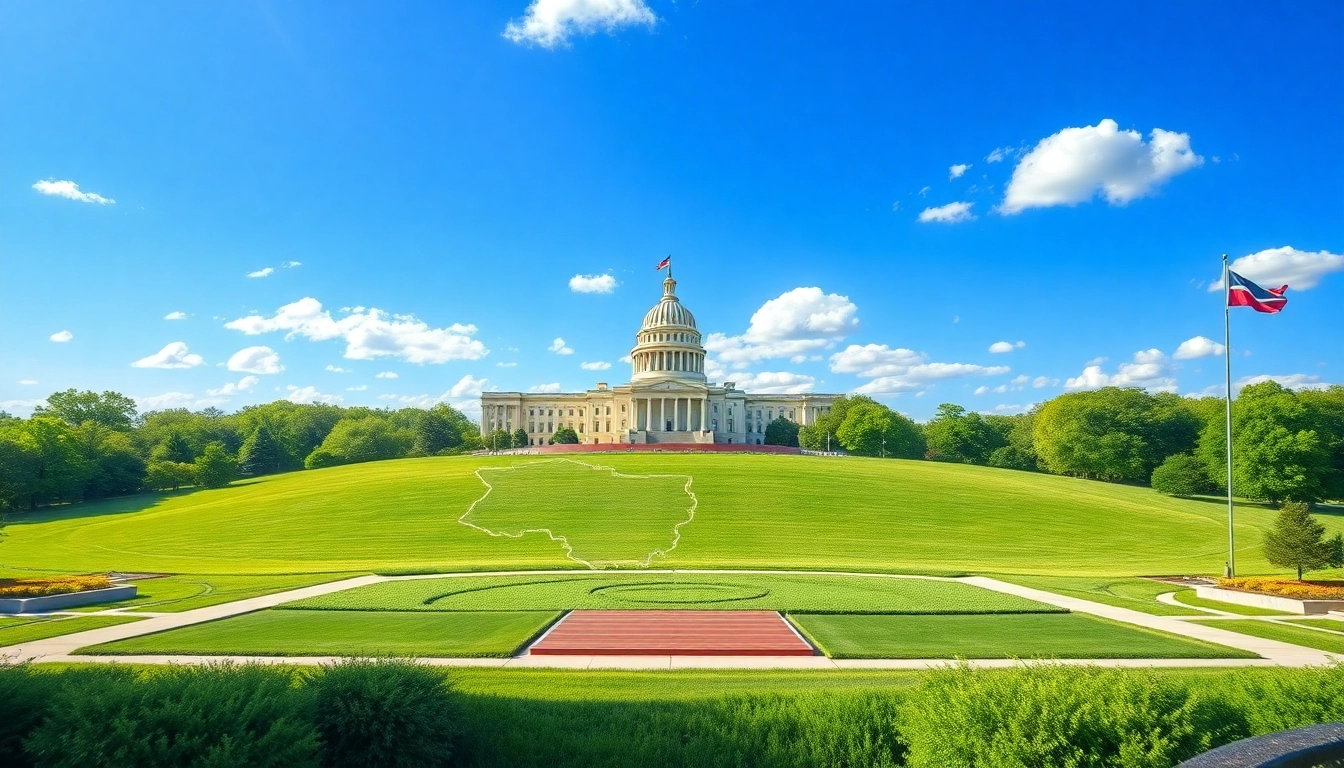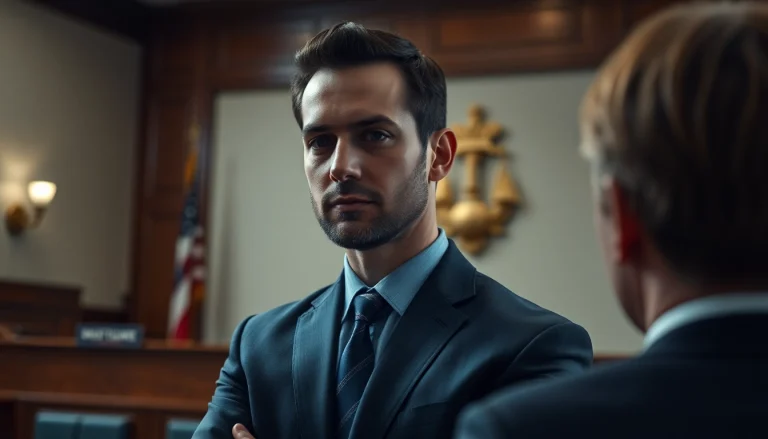What is a State? Understanding Its Definition and Importance
A state is a fundamental political entity that plays a crucial role in the regulation and organization of society. It encompasses a defined territory where a governed population exists, and it operates under a structured political system. Essentially, a State is characterized by its legal and political authority over its citizens, making it a vital component of modern governance and civil society.
The Nature of a State
At its core, a state represents a collection of institutions, systems, and processes that exercise authority and power within a predetermined geographical location. This setup typically includes elements such as a government, military, judicial system, and public services, all tailored to maintain order and societal welfare.
Historical Context of State Development
The concept of a state has evolved over centuries, reflecting changes in human social organization. Early forms of governance can be traced back to tribal and feudal systems, which gradually transformed into modern states characterized by centralized authority and bureaucratic structures. The Treaty of Westphalia in 1648 is often credited with establishing the framework for the modern state system, introducing the principles of sovereignty and territorial integrity.
Key Characteristics of Modern States
Modern states showcase several defining characteristics:
- Sovereignty: The state’s ultimate authority to govern itself without external interference.
- Defined Territory: A specific geographical area recognized by both the state and external entities.
- Population: A body of citizens or residents who are governed by the state’s laws.
- Government: An organized structure that enforces laws, collects taxes, and provides public services.
- Recognition: The acknowledgment of the state’s existence and sovereignty by other states and international entities.
The Political Structure of a State
A state operates through a multifaceted political structure that includes various branches and levels of government. This structure is essential for effective governance and policy implementation.
Branches of Government in a State
Typically, a state’s government is divided into three main branches:
- Executive: Responsible for implementing laws and managing day-to-day operations. The executive branch is often led by a president or prime minister.
- Legislative: Tasked with creating laws and representing the electorate. This branch may consist of a bicameral or unicameral legislature.
- Judiciary: Interprets laws and ensures justice through the court system. This branch acts independently to uphold the rule of law.
Role of the Legislature, Executive, and Judiciary
The interplay between these branches ensures a system of checks and balances, preventing the concentration of power and promoting transparency and accountability:
- Legislature: Legislators debate and enact laws that govern public conduct and state operations.
- Executive: The executive executes laws and administers public policy through various departments and agencies.
- Judiciary: The courts resolve disputes, interpret laws, and protect individual rights against government overreach.
How States Handle Policy and Lawmaking
States develop policies through a systematic process that begins with identifying societal needs. Here’s how the process generally unfolds:
- Problem Identification: Recognizing issues that require governmental intervention.
- Policy Formulation: Developing potential solutions where legislators draft proposed laws.
- Legislative Approval: Proposed policies are debated and voted on by the legislature.
- Implementation: Once approved, the executive branch enforces the new laws.
- Evaluation: Ongoing assessment of policy effectiveness and impact on society.
Types of States: An Overview
States can be categorized based on various criteria, including their governance structures and political ideologies. Understanding these distinctions helps clarify how power is exercised and distributed in different regions.
Democratic vs. Authoritarian States
Democracy and authoritarianism represent two polar forms of governance:
- Democratic States: Characterized by free and fair elections, civil liberties, and accountable governance. Citizens participate actively in political life.
- Authoritarian States: Marked by limited political freedoms, concentration of power, and restrained civil rights. Political opposition is often suppressed.
Federal vs. Unitary Systems
The organization of power within states can also be classified into:
- Federal Systems: Power is shared between a central government and regional authorities, allowing for local autonomy (e.g., the United States).
- Unitary Systems: Centralized governance where most power resides with the national government, and local entities are subordinate (e.g., France).
The Role of Nations within a State
In multi-ethnic or multicultural states, different nations may exist within the broader framework of the state. These nations often seek recognition and autonomy, leading to unique governance challenges:
- Recognition of Rights: Ensuring that minority nations are acknowledged and have rights within the legal framework.
- Autonomy Arrangements: Many states negotiate autonomy agreements to grant certain governance powers to specific nations.
Challenges Facing Modern States
States face numerous challenges that can undermine their authority and effectiveness, impacting governance and societal well-being. Below are some prominent issues:
Political Corruption and Governance Issues
Corruption remains a significant barrier to effective government, often resulting in misallocation of public resources and eroding public trust. States combat this through regulations, transparency initiatives, and enforcement of anti-corruption laws.
Balancing State Power and Individual Rights
Striking a balance between state authority and individual liberties is essential for democratic stability. States must navigate the constraints of power while safeguarding citizens’ rights, ensuring that laws do not infringe on personal freedoms.
The Impact of Globalization on State Sovereignty
Globalization poses unique challenges to state sovereignty, as decisions in one country can have far-reaching consequences across borders. States grapple with issues of economic interdependence, migration, and transnational regulation, leading to debates on the limits of national jurisdiction.
Future Trends in State Governance
As the global landscape continues to evolve, so do the roles and responsibilities of states. Emerging trends signal shifts in governance that could redefine state functions in the 21st century.
Technological Advances and Smart Governance
Technological innovations are transforming the way states interact with citizens. Smart governance leverages data and technology to enhance public service delivery, improve transparency, and facilitate citizen engagement. As states adopt e-governance practices, they can optimize administrative functions and respond more effectively to citizens’ needs.
Climate Change and its Effects on State Policies
The impending challenges posed by climate change require states to reassess their policies and responsibilities. Governments must collaborate internationally to address environmental concerns and create sustainable development frameworks that prioritize ecological stability while providing for their populations.
The Evolution of State Responsibilities in the 21st Century
Modern states are increasingly tasked with addressing complex global issues that transcend territorial boundaries, such as health pandemics, cybersecurity, and social inequality. As a result, states must adapt their governance models to respond to these challenges effectively, fostering collaboration across sectors and levels of governance.








